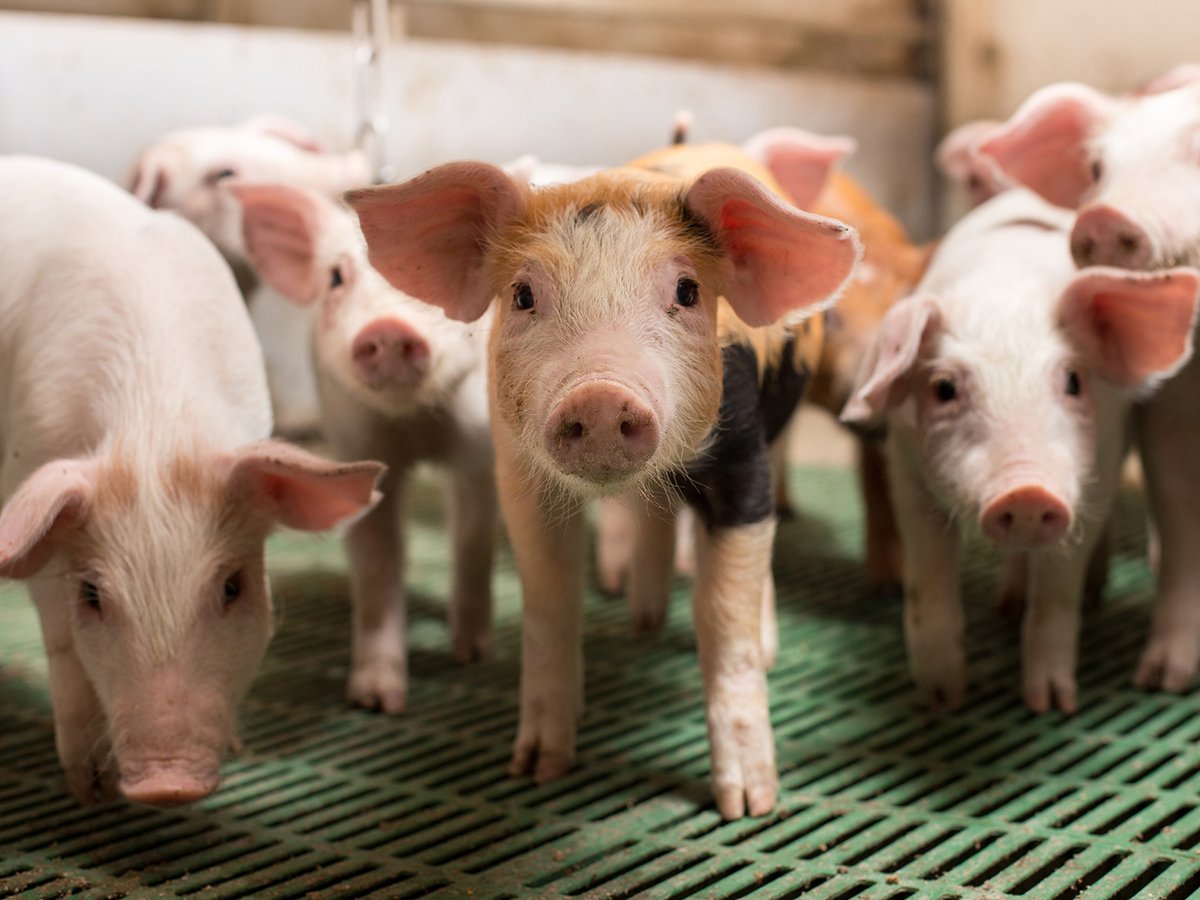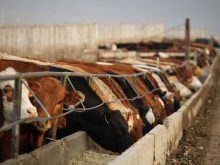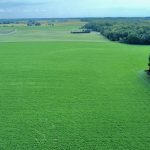LETHBRIDGE, Alta. – When the mercury disappears from view on a farm thermometer, feed costs soar.
Winter feeding of the beef cow is the single most important cost in cow-calf production, averaging about 30 percent of total production costs in 1994.
In real figures, it accounts for $33.25 per 100 pounds of calf weaned, said animal scientists at an international beef symposium held recently in Lethbridge.
Wintering costs can be reduced by using non-traditional feed sources such as stockpiling forages, swath grazing, straw, by-products or ground forages. These can save several thousand dollars a year in feed costs.
Read Also

The Western Producer Livestock Report – October 9, 2025
Western Producer Livestock Report for October 9, 2025. See U.S. & Canadian hog prices, Canadian bison & lamb market data and sales insights.
Expenses can also be shaved away by understanding an animal’s winter feed requirements and metabolism and making adjustments in the feed.
“If you do a good job of managing, for a lot of us it’s the way to potentially make a lot of money that we didn’t know was there,” said Gary Mathison, of the University of Alberta.
Animals need more high energy rations in winter because they produce and dissipate heat to regulate a constant body temperature. When the temperature falls, heat produced from normal body functions is inadequate to hold a constant body temperature. The metabolism of the animal increases and more energy is needed for maintenance.
One way to save some money over winter is to make sure animals are already at their optimum weight. It is a flawed assumption that thin cows cost less to feed in winter because they carry less weight to maintain, said Mathison.
It’s actually more economical for a cow to carry extra weight going into winter.
“Probably there’s as much as a 50 percent difference in actual dollar costs if you have a cow going into the winter in good condition as compared to having her go into winter in not so good condition and have her gain weight,” said Mathison.
Almost double
A thin cow will need 1.7 times more energy to bring her up to condition over a 150-day wintering feed period.
Bob Christopherson, of the University of Alberta, said animals that are cold stressed and underfed will lose weight.
However, they don’t require as much protein because they seem to be able to metabolize crude protein better in cold conditions.
Reducing crude protein requirements slightly can be a saving. However, the energy content in feed must be kept high.
Less protein is needed because feed passes through the rumen faster, giving it less time to ferment. Protein moves sooner to the small intestine so protein supply is maintained.
Cattle show reductions in energy digestibility but little change in protein digestibility in cold weather, especially in diets that contain 25 percent or more roughage.
For example, Christopherson said, reductions from 12.3 to 11.1 percent crude protein in the ration may be feasible for a 350-kilogram steer. These reductions of protein will lower the cost of the diet and produce less nitrogen excretion in the feedlot, he said.















